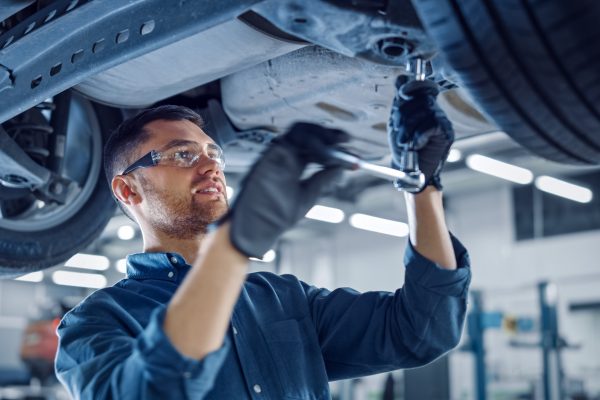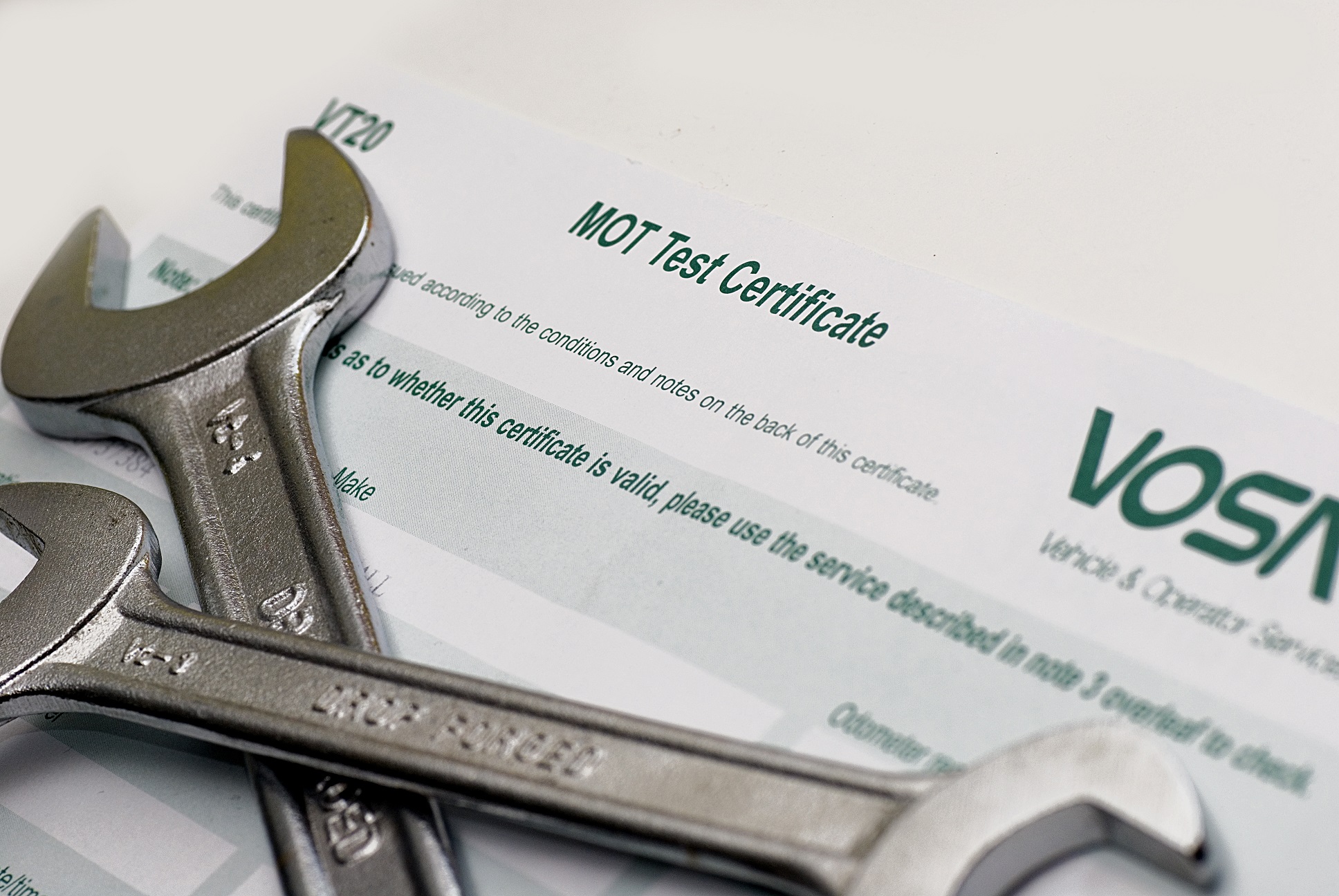I have recently found myself in a time warp. Rather, I have been travelling in one!
Through various means, plus an amazing stroke of luck, I managed to reacquire the family Morris Minor, a car first owned by us in 1962. I found it in Switzerland! Built in 1953, it was then and remained for a further eighteen years, a talisman, signifying all that was good about British Engineers and designers, who had to toil through those long, dark years after the Second World War, attempting to make British Industry and its designs work as well, or better than products arriving from newly resurrected factories in Germany, Italy, France, and Japan.

It is no distortion of fact to remember that while Germany and Japan were both flooded with vast investment to rebuild their industries after the war, the UK was bankrupt, yet forced to earn dollars to begin the 50 years payback of American loans, while enduring rationing, food shortages and low wages. The unavoidable outcome of this parlous state of affairs, was that we had to make almost everything using just our hands, our skill and broken lathes. Yet the genius of our engineers repeatedly broke the mould, setting new standards of excellence and ingenuity.
It was this need to produce goods to sell to the world, while attempting somehow to provide for a home market, that motivated a brilliant English/Greek genius to pen the Morris Minor in 1948. Alec Issigonis was to later become famed for his second stroke of brilliance – the Mini car of 1959. Both designs broke new ground. While the Minor was a masterpiece of simple, neat, good looking packaging, the Mini was an incredible achievement of space saving, stupendous handling and lively performance.
Both cars were affordable, and for their time, ultra-safe. Both used several common parts. The engine was the famed “A” series Austin engine used in both cars. Both had rack and pinion steering, drum brakes and easy maintenance.
Electrics were common, with both lighting and ignition being interchangeable. When a part broke, it cost just a few pounds to replace on the front drive on a Sunday. Simplicity was paramount and it was possible to achieve this with excellent reliability as well.
Yet while the old Morris has considerable charm, not to mention novelty, it has come as a bit of a shock to experience again the daily foibles, discomforts, noise and jarring ride of a modest car of yesteryear. The fact is, so rapid has been the progress of the motor car in the last 60 years, that this once standard-setting design is as dated as a stagecoach! Its virtue, however, is that it has not a hint of modern electronics in or on it, no unobtainable parts, no need to “regenerate the particulate filter”, no driving aids, no engine, gearbox or suspension monitors that make repairs unaffordable; in fact nothing that will detract from the purity of simple driving.
While I much admire the remarkable performance of even a cheap modern family car, I cannot help feeling that car makers of today may have lost their way. In an effort to keep up with “sustainability” or the “Green Lobby” or new safety standards, cars have become overburdened with computers, sensors, driver aids that stop the driver “driving”, engine cut out devices and much more complexity than a Saturn Rocket.
On the way home on its first run, the little Morris broke down twice. Using just a penknife, I was running again within ten minutes. What price progress?

We cover roles within all departments and sectors of the Automotive industry, and are here to listen to your specific needs and find the most suitable candidates to fit your business.






